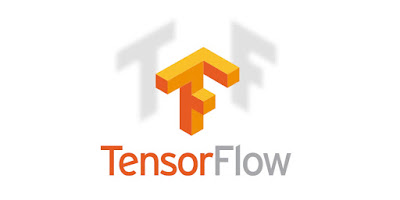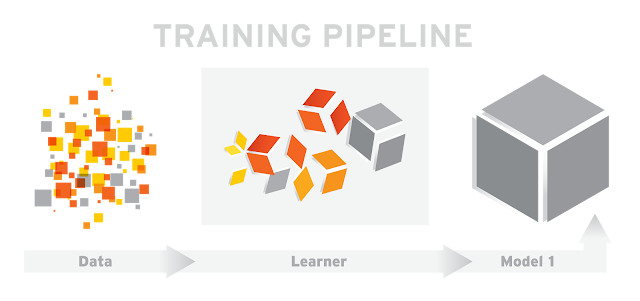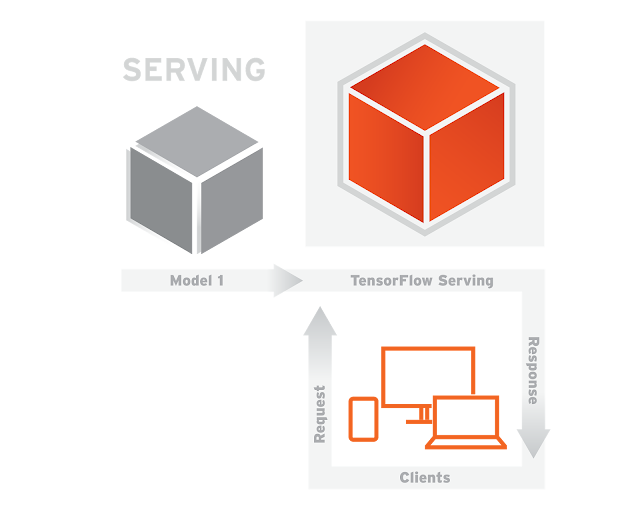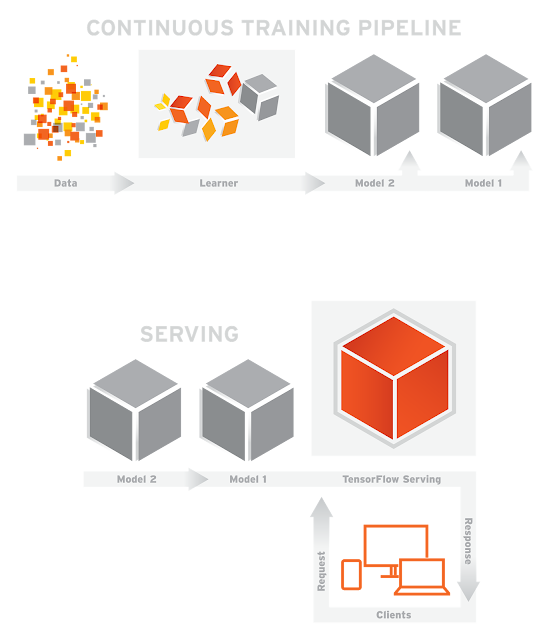It’s that time of year again! We are pleased to announce the mentor organizations accepted for this year’s Google Summer of Code (GSoC). Every year, we have many more great projects than we can accept — 2016 was no exception. After carefully reviewing 369 applications, we have chosen 180 open source projects, 24% of which are new to the program. Please see our new program website for a complete list of the accepted orgs.
Over the next two weeks, students interested in participating in GSoC can research each of the organizations. The student application period begins on Monday, March 14, 2016 at 19:00 UTC and ends on Friday, March 25, 2016 at 19:00 UTC.
Interested? Start by reviewing the Ideas List from each organization to learn about the organization and how you might contribute. Some of the most successful proposals have been completely new ideas submitted by students, so if you don’t see a project that appeals to you, don’t be afraid to suggest a new idea to the organization! There are contacts listed for each organization on their Ideas List — students should contact the organization directly to discuss a new proposal. We also strongly encourage all interested students to reach out to and become familiar with the organization before applying.
For more information, visit our website for a full timeline of important dates and program milestones. We also highly recommend all potential students read the student manual and the FAQ’s.
Congratulations to all of our mentor organizations! We look forward to working with all of you during Google Summer of Code 2016!
By Mary Radomile, Open Source Programs



